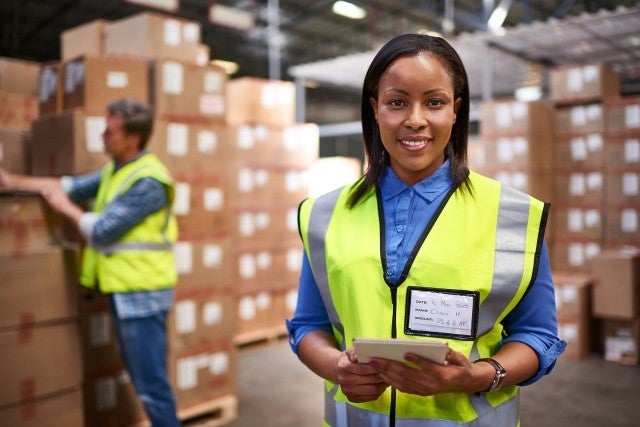The Breakdown: What Hazardous Waste Generators Need To Know

FEBRUARY 16, 2021
Retailers are well versed in trash disposal and how to separate what is and is not recyclable, but when it comes to hazardous waste, there’s a great deal of confusion. With a strong focus on EPA regulations, it’s critical that generators take steps to identify if they are a compliance risk for not following hazardous waste disposal requirements. After all, federal and state compliance fines can be severe, so what retailers don’t know can have a negative impact on finances and reputation.
There are a few simple steps retailers can take to assess their risk level. The first is to fully understand what products and compounds the EPA considers to be hazardous. The second step is to determine if the location is a small or large quantity generator of hazardous waste, as the volume produced will dictate how the EPA classifies the business.
What’s Your Type?
Here are some hazardous waste categories identified by the EPA:
• Flammables
• Lighters and lighter fluid
• Alcohol-based products, including some mouthwashes and hand sanitizers
• Corrosive Bases
• Contain sodium hydroxide, lye or ammonia
Click here for the full list of hazardous wastes, as defined by the EPA.
The US Food and Drug Administration (FDA) has recently announced a recall of many hand sanitizer brands for containing methanol or less than the mandatory amount of ethyl alcohol. If generators have any hand sanitizer products on this list in stock, they must be correctly disposed in accordance with the EPA’s hazardous waste disposal requirements.
The EPA requires that retailers determine which wastes they generate are hazardous, so that the material can be properly managed, reported, tracked and disposed.
What’s Your Volume?
Next, the EPA divides hazardous waste generators into three categories based upon the quantity of waste they produce.
Below are the criteria the EPA utilizes to classify hazardous waste generators:
• Large Quantity Generators (LQGs) generate 1,000 kilograms per month or more of hazardous waste, more than 1 kilogram per month of acutely hazardous waste, or more than 100 kilograms per month of acute spill residue or soil
• Small Quantity Generators (SQGs) generate more than 100 kilograms, but less than 1,000 kilograms, of hazardous waste per month
• Conditionally Exempt Small Quantity Generators (CESQGs) generate 100 kilograms or less per month of hazardous waste, or 1 kilogram or less per month of acutely hazardous waste, or less than 100 kilograms per month of acute spill residue or soil
Hazardous Waste Generators, Large & Small
Once the waste amount is calculated, retailers can determine their Hazardous Waste Generator Status to understand if the facility is a Large Quantity Generator (LQG) of hazardous waste, an SQGs (Small Quantity Generators) or CESQGs (Conditionally Exempt SQGs). Both small and large quantity generators are required to obtain an identification number from the EPA for each site that generates hazardous waste.
While LQGs are at higher risk for non-compliance, a well-structured waste management program can ensure compliance and even help to reduce the classification by increasing the number of hazardous waste pick-ups and removing the waste quickly before it can accumulate. It’s also helpful for SQG’s and CESQG’s to implement hazardous waste programs in order to design a process that will keep them compliant and within the proper classification.
As the EPA continues its compliance enforcement and state governments take on a larger presence in oversight, it’s critical that retailers understand both what their hazardous waste may be and their level of hazardous waste generation.
Clean Earth’s hazardous waste experts help generators identify and manage retail waste to ensure EPA compliance. To request a quote to dispose of hazardous waste, click here.
